Introduction
Hey, guys! I’m Chriseroi, a relatively new Hearthstone player who started in June of 2015 and has been playing and enjoying it ever since! When I was first starting out last year, I relied heavily on this resource called Reinhardt’s Cheat Sheet. It was first published at the time Blackrock Mountain released. Reinhardt took the time to list out each and every turn at which a deck archetype could make huge value plays that could potentially devastate the opponent’s board. It was a great resource that I used to anticipate the opponent’s moves and slowly teach myself how to play around these turns, since I was still pretty inexperienced at the time. Although, now that Standard’s out, the expansions have rotated out, and we have a lot of new different cards to think about as we’re playing late into a game. I think that it’d be useful to somebody if I updated this cheat sheet to be more inclusive of the current meta, since it’s pretty outdated by now. Since it’d be pretty difficult to determine what everybody considers a “big turn,” I’ll just list only important plays by class rather than both minor and major cards as Reinhardt did. Take a look!
Oh, and I’m not going to talk about Priest, Rogue, or Shaman, by the way. They don’t really have any big plays except standard AOE clear spells, and all of those can be avoided fairly easily if you’re careful.
Reinhardt’s Disclaimer
Anticipate your opponent’s next play, deny its value and force and inefficient solution.
With this resource, you won’t forget to consider all your opponent’s potential actions.
But be warned: you shouldn’t respect your opponent’s hand too much. If you try to play around every worst-case scenario, your winrate will suffer.
Druid
Turn One – Living Roots.
It’s a standard first move to make so the Druid will have two 1/1 bodies on the board, but it isn’t a huge threat.
Turn Two – Wrath, Darnassus Aspirant.
Wrath is standard removal, but most people have chosen to eschew Darnassus Aspirant for Living Roots, as they feel that the drawback was worse than the benefit if Darnassus Aspirant wasn’t in hand in the early game.
Turn Three – Innervate + Druid of the Claw, Mounted Raptor.
Druid of the Claw on turn three absolutely destroys your tempo if it’s played in taunt mode, but a Mounted Raptor shouldn’t give you too much trouble.
Turn Four – Swipe, Violet Teacher, Innervate + Emperor Thaurissan, Fandral Staghelm.
Swipe is a pretty standard removal to play around, so try to keep your minions’ health above 1 before you expect removal. Fandral Staghelm is crazy in whatever deck it’s used in, so I would be cautious of that. But it’s probably more likely that you’ll see a Violet Teacher, because combined with a lot of cheap spells, a Druid player can create a huge board very fast. They’ll might even end with a Power of the Wild to buff all of their tokens up to 2/2, so watch out!
Turn Five – Druid of the Claw, Innervate + Ancient of Lore or Ancient of War.
At this point in the game, you should have enough board to deal with Druid of the Claw, and while Ancient of Lore was nerfed, it’s still common, and Ancient of War is still devastating when played with 10 health.
Turn Six – Emperor Thaurissan, Dark Arakkoa.
You should have some sort of removal or board to deal with either of these threats, but watch out in case the occasional Druid player runs these guys, as they’re both decent threats in the decks that they are run in.
Turn Seven – Ancient of Lore, Ancient of War, Wisps of the Old Gods.
The only time I would expect Wisps of the Old Gods is in a Fandral Staghelm deck, and that’s an entirely different ballgame. Still, nothing here shouldn’t be too tough to handle, given you have sufficient removal or board.
Hunter
Turn Two – Quick Shot.
A standard removal spell.
Turn Three – Animal Companion, Eaglehorn Bow, Unleash the Hounds, Kill Command.
The only real problem you should worry about here is Unleash the Hounds. Keep your minions above one health, and don’t overcommit small minions to the board if a big Unleash the Hounds could end the game.
Turn Four – Houndmaster.
To avoid a Houndmaster taunt play on your opponent’s side, watch their move the previous turn. If there’s a beast on the board by turn three, try to prioritize taking that minion off the board before turn four.
Turn Five – Knife Juggler + Unleash the Hounds, Princess Huhuran.
While Princess Huhuran isn’t an entirely common play, it’s still a force of nature in a specialized deck, so watch out. A Knife Juggler + Unleash the Hounds combo still hurts a lot if you have a big board, so if their board is relatively empty the previous turn, try not to overcommit too much to avoid a big Unleash the Hounds.
Turn Six – Savannah Highmane.
A simple card, but it’s being played much more often now with Midrange and other slower Hunter archetypes. Don’t be afraid to use hard removal on a Savannah Highmane if it will grant you significant tempo or if it’s too much of a threat for you to handle right now.
Turn Eight – Call of the Wild.
A devastating card when played correctly. Try to take out most of their board before they play this card to minimize the amount of buffs they would get.
Mage
Turn One – Mana Wyrm.
A traditional move to play on turn one.
Turn Two – sorcerers-apprentice + Mirror Image, Frostbolt.
Remove a sorcerers-apprentice as soon as you see one, because one left uncheck can spell some deadly discounted combos (pun completely intended).
Turn Three – sorcerers-apprentice + Frostbolt, Flamewaker, Forgotten Torch.
Remove a Flamewaker as soon as it’s played, but I suppose that mentality means that you’re highly unlikely to see one played vanilla on turn three.
Turn Four – Flamewaker + Mirror Image or Arcane Missiles.
Remove that Flamewaker immediately through removal if it is played in tandem with Mirror Image, because you don’t want it to stay on the board for another turn more than necessary.
Turn Five – Azure Drake, Flamewaker + Frostbolt, Ethereal Conjurer, Frost Nova + Doomsayer.
If your opponent doesn’t play Frost Nova + Doomsayer on this turn, then your board isn’t threatening enough or they’re not holding the cards.
Turn Six – Blizzard.
Typically only seen in Freeze Mage, but is a standard AOE spell regardless.
Turn Seven – Flamestrike, Archmage Antonidas.
Flamestrike remains one of the most devastating AOE spells in the game. Generally, the golden rule is to not overcommit before turn seven. As for Archmage Antonidas, you typically won’t see it being played vanilla by itself without a spell to combo, but still watch out for it.
Turn Nine – Alexstrasza.
Alexstrasza is usually only seen in Freeze Mage, but if it’s played on you, they probably have enough for lethal the next turn.
Turn Ten – Pyroblast, Fireball + Frostbolt + Frostbolt + Ice Lance + Ice Lance.
Pyroblast is usually enough to end games, but if Freeze Mage has those five particular cards in hand by turn 10, that’s a whopping 20 damage, which is certain defeat after an turn nine Alexstrasza.
Paladin
Turn Three – Aldor Peacekeeper, Seal of Champions.
While Seal of Champions is a basic buff spell, Aldor Peacekeeper is usually held until late-gamer to nullify big threats, so don’t expect it on turn three.
Turn Four – Truesilver Champion, Blessing of Kings, Consecration, Keeper of Uldaman, Wild Pyromancer + Equality.
Try to not silence a minion buffed by Blessing of Kings, instead saving your valuable silence for Tirion Fordring instead. As for Consecration, it simply means that you can’t overcommit too many small minions to the board by turn four. In fact, don’t overcommit any huge minions either, since the Wild Pyromancer + Equality combo can absolutely destroy any board just as well as the Equality + Consecration combo, so watch out for that!
Turn Six – Sylvanas Windrunner, Enter the Coliseum, Equality + Consecration.
Enter the Coliseum isn’t seen very often these days, but an Equality + Consecration combo can destroy entire boards if you’re not careful. Don’t overcommit too much if your opponent hasn’t done the same, since Equality affects all minions on the board.
Turn Eight – Tirion Fordring, Lay on Hands, Ragnaros, Lightlord.
Tirion Fordring can be dealt with easily if you have a silence or a hard removal spell. There aren’t too many Ragnaros, Lightlord decks out there, but if you see one, the same strategy with Tirion Fordring applies.
Warlock
Turn Two – Knife Juggler, Dark Peddler.
Not too much to worry about here, but Dark Peddler is still an awesome card to play for Warlock, so you’re more likely to see this card being played on turn two than the Knife Juggler.
Turn Three – Imp Gang Boss, Darkshire Councilman.
Imp Gang Boss is still a powerful card, but Darkshire Councilman can be deadly in Zoolock lists, so take that one out as soon as it is played.
Turn Four – Twilight Drake, Shadowflame, Hellfire, Power Overwhelming or Abusive Sergeant + Void Terror.
Twilight Drake is typically seen in Handlock or Renolock lists, so you won’t see them too often. If you see Shadowflame where Hellfire would suffice, your opponent is probably not holding Hellfire. The Power Overwhelming or Abusive Sergeant + Void Terror combo can be used to not just buff minions for a trade, but it allows a Warlock player to summon Void Terror in order to eat the minion and keep the buff. It might allow them to play a powerful minion minion early in the game, which spells trouble for you if you don’t have any removal to deal with them.
Turn Five – Doomguard, Argent Squire + Defender of Argus.
Doomguard is a classic burst to end the game if you’re not careful, but it’s typically only run in Zoolock lists. As for Argent Squire + Defender of Argus, it’s a great way for a Warlock player to build up a good board very quickly, so watch out for that.
Turn Six – Sylvanas Windrunner, Emperor Thaurissan, Leeroy Jenkins + Power Overwhelming.
A popular combo is to play Sylvanas Windrunner and then Shadowflame the next turn. Ask yourself if a Shadowflame could end the game when a Sylvanas Windrunner is played. And if it’s Zoolock, watch out for a Leeroy Jenkins + Power Overwhelming combination, because that’s already a 10-damage play.
Turn Nine – Lord Jaraxxus.
It’s typically played in Handlock or Renolock lists. Try to burst your opponent down from 15 health, as Warlock players typically wait until the last moment to heal up with Lord Jaraxxus if they can.
Warrior
Turn Two – Fiery War Axe, Armorsmith, Cruel Taskmaster.
Fiery War Axe is as common a play on turn two as Frostbolt is for Mage. Always expect it when you’re playing against a Warrior.
Turn Three – Bash, Fierce Monkey, Frothing Berserker.
Fierce Monkey is a pain to get rid of if you don’t have a decent board. Consider using a removal spell if you need to protect a small board. And don’t forget about Frothing Berserker either, because this guy could rack up some serious damage if he’s ignored, so consider him a high-priority target.
Turn Four – Shield Block + Shield Slam.
Shield Slam is devastating when a Warrior has high amounts of armor, so watch out for their armor levels every now and then.
Turn Five – Brawl.
Brawl can devastate an entire board if you’re careless, so keep an eye out for an overcommitted board on your end when your opponent has less than two minions on their board.
Turn Six – Emperor Thaurissan, Sylvanas Windrunner.
Both of these cards are fairly easy to play around.
Turn Seven – Ancient Shieldbearer.
An incredibly powerful card in a C’Thun Warrior deck. There’s no way to avoid it if the conditions are met, so just prepare yourself when this card is played.
Turn Nine – Ysera, Alexstrasza.
Both of these cards are powerful when played, but remove Ysera as soon as possible, or the game’s practically set.
Turn Ten – Varian Wrynn, Grommash Hellscream + Cruel Taskmaster.
Varian Wrynn often can be played around if you’re lucky, but a Grommash Hellscream + Cruel Taskmaster combo can end the game if you’re low on health. Always expect this combo coming on turn ten.
Closing
Thanks for reading! I hope you find this guide useful, and like you all probably know already, always think about the worst outcome that could happen every single turn and plan ahead! Let me know if you’ve enjoyed what I’ve written here, and feel free to criticize anything I said if you disagree. I’ll see you guys in Hearthstone!


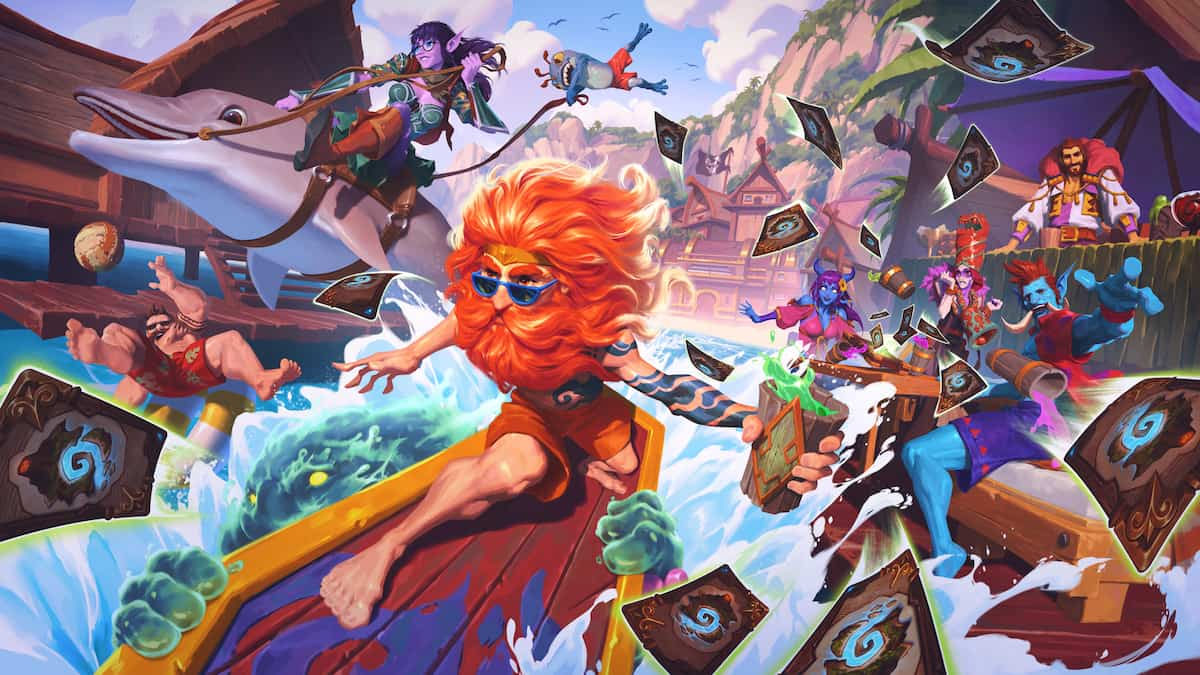


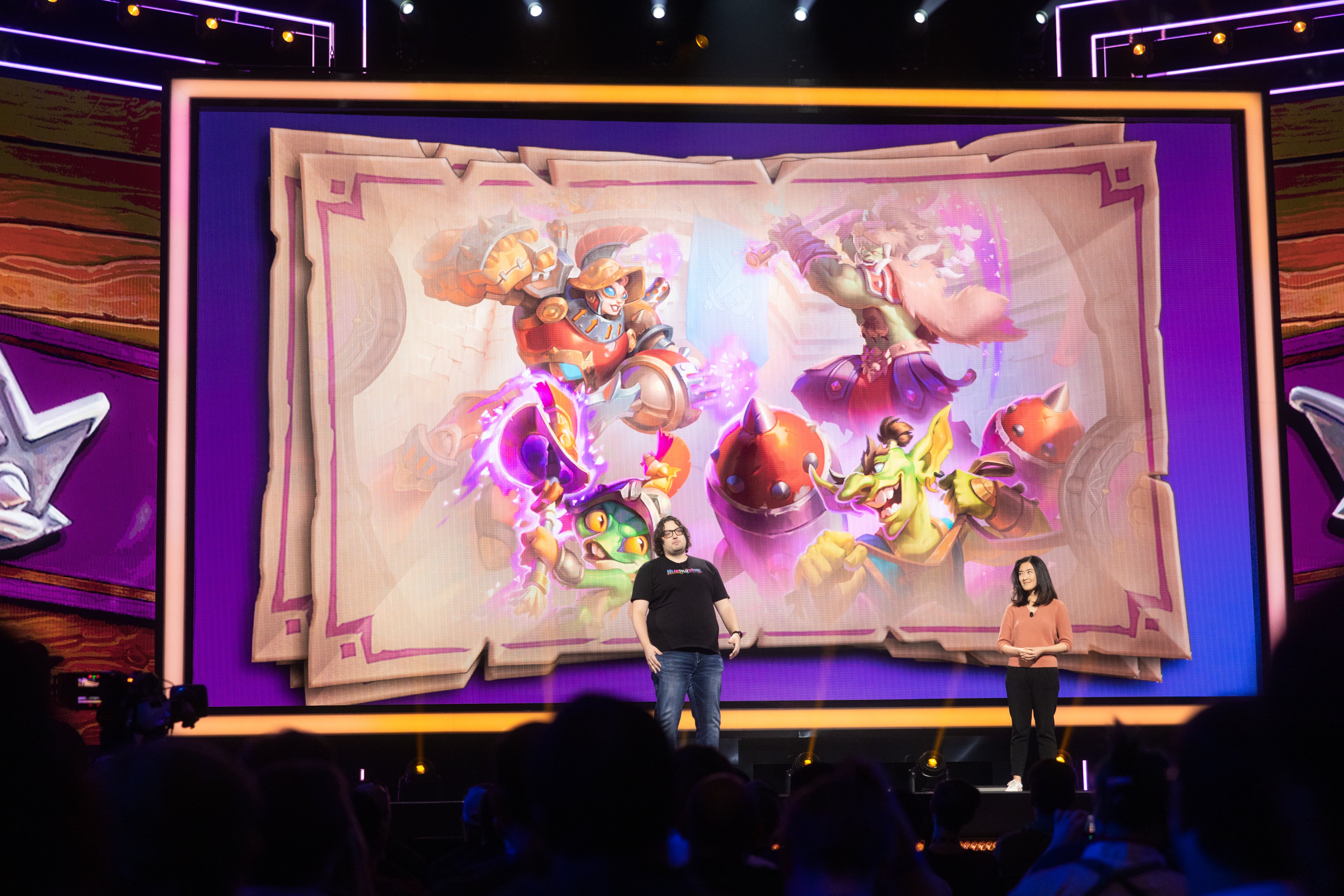
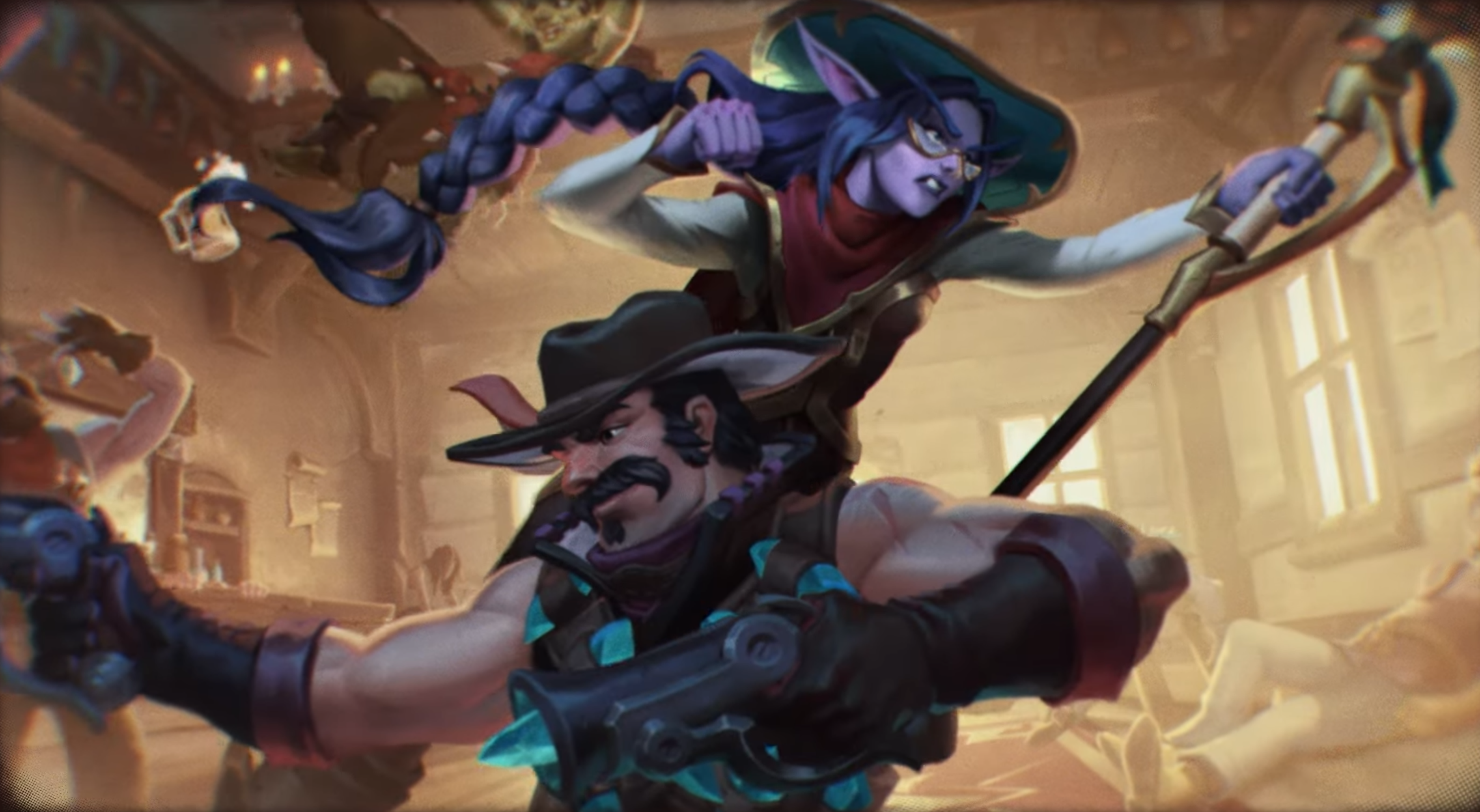
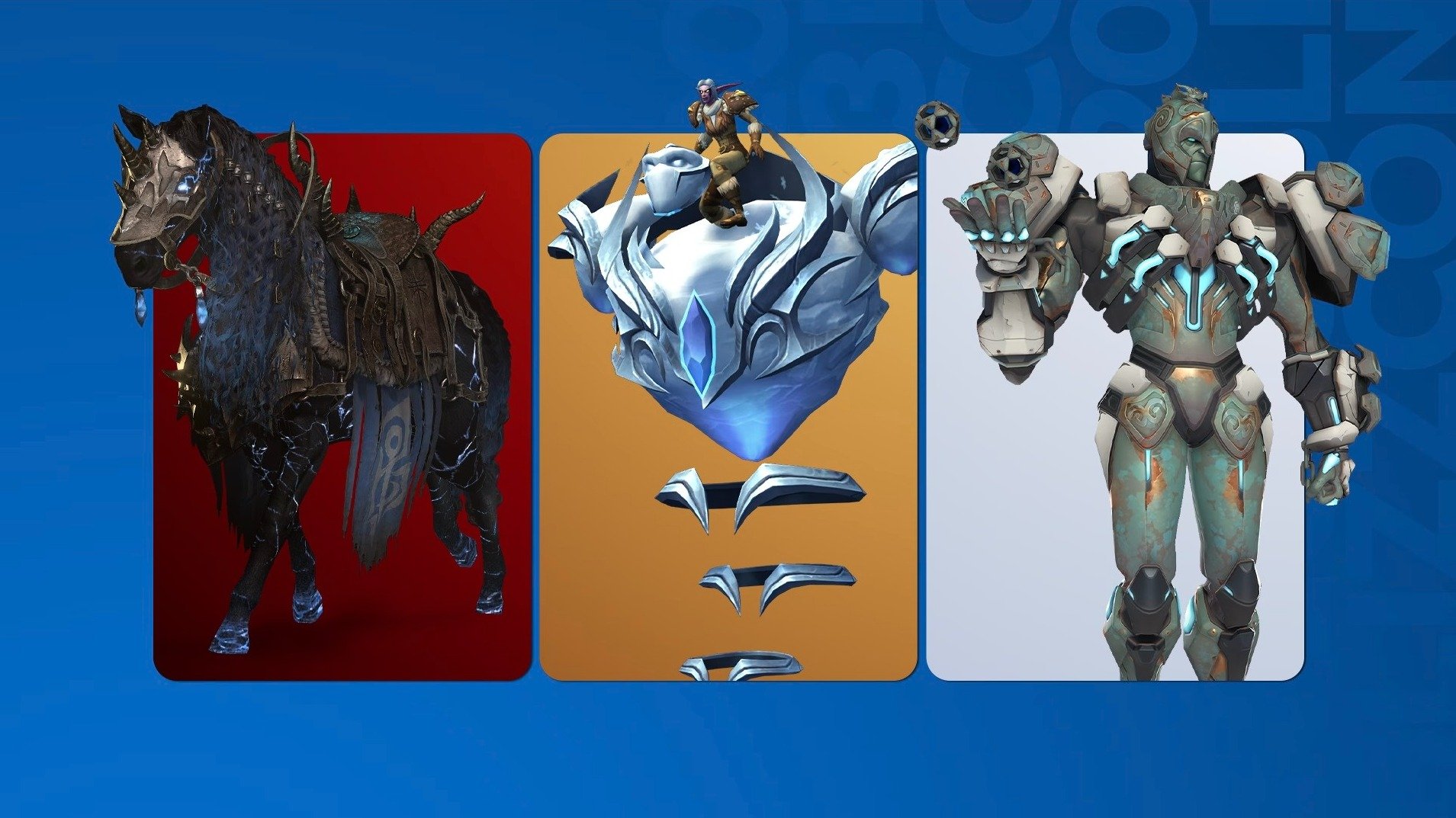
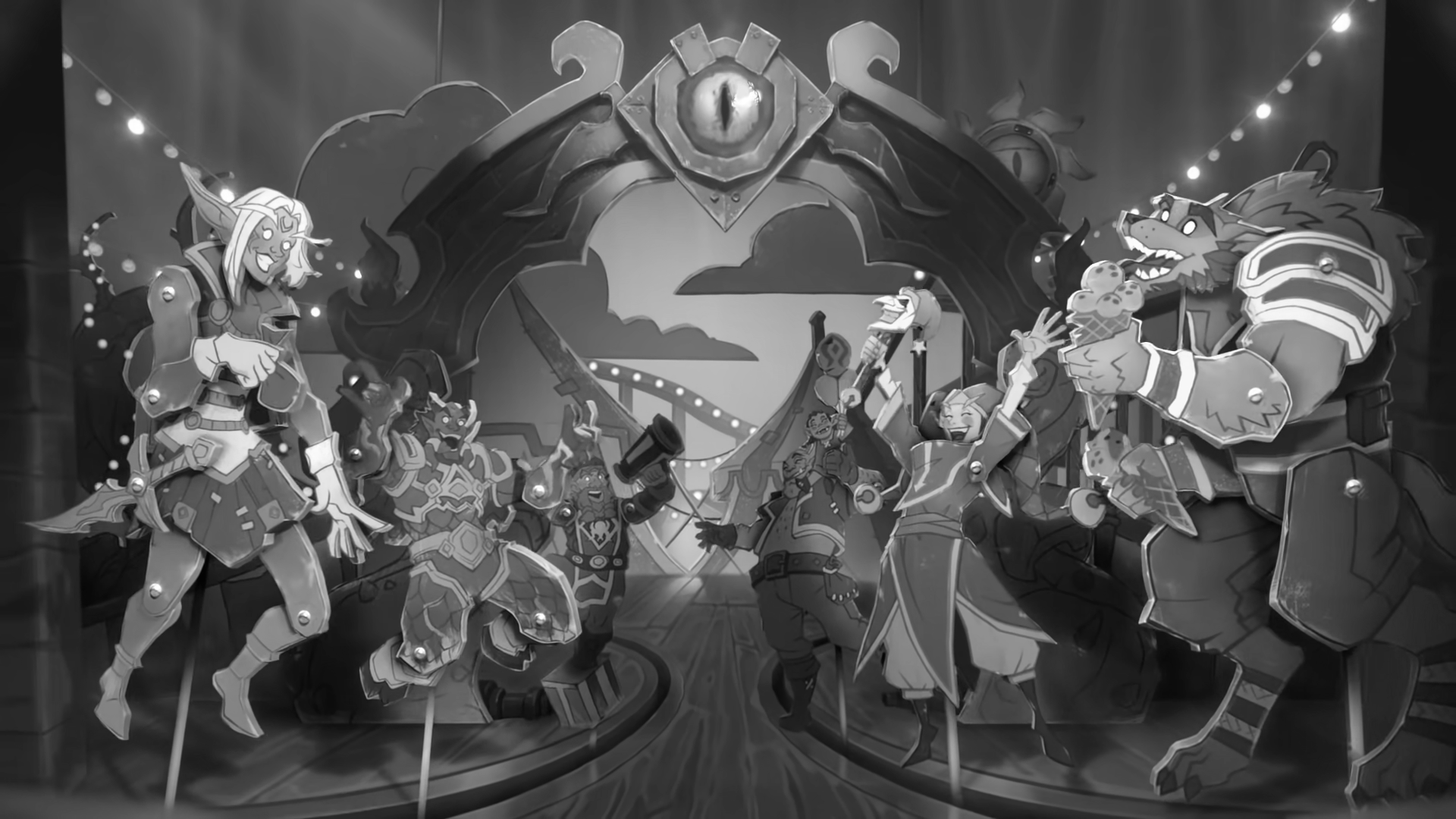
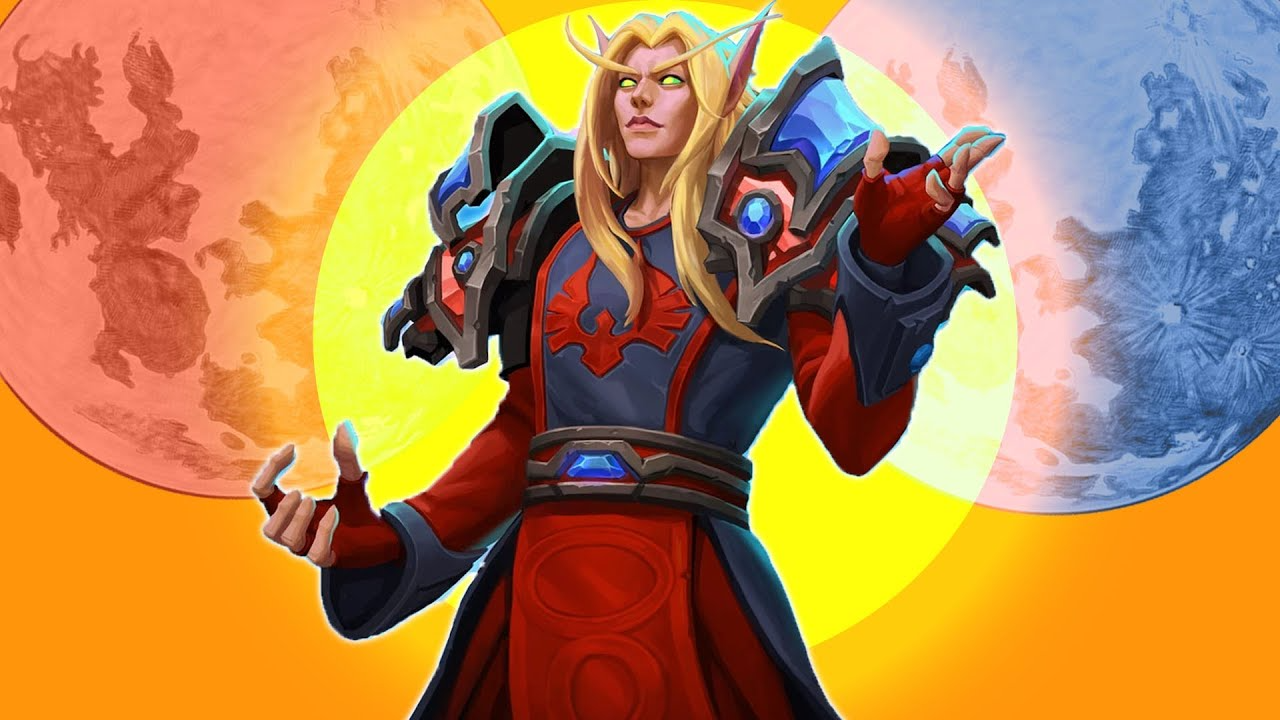

Published: Jul 12, 2016 12:32 pm